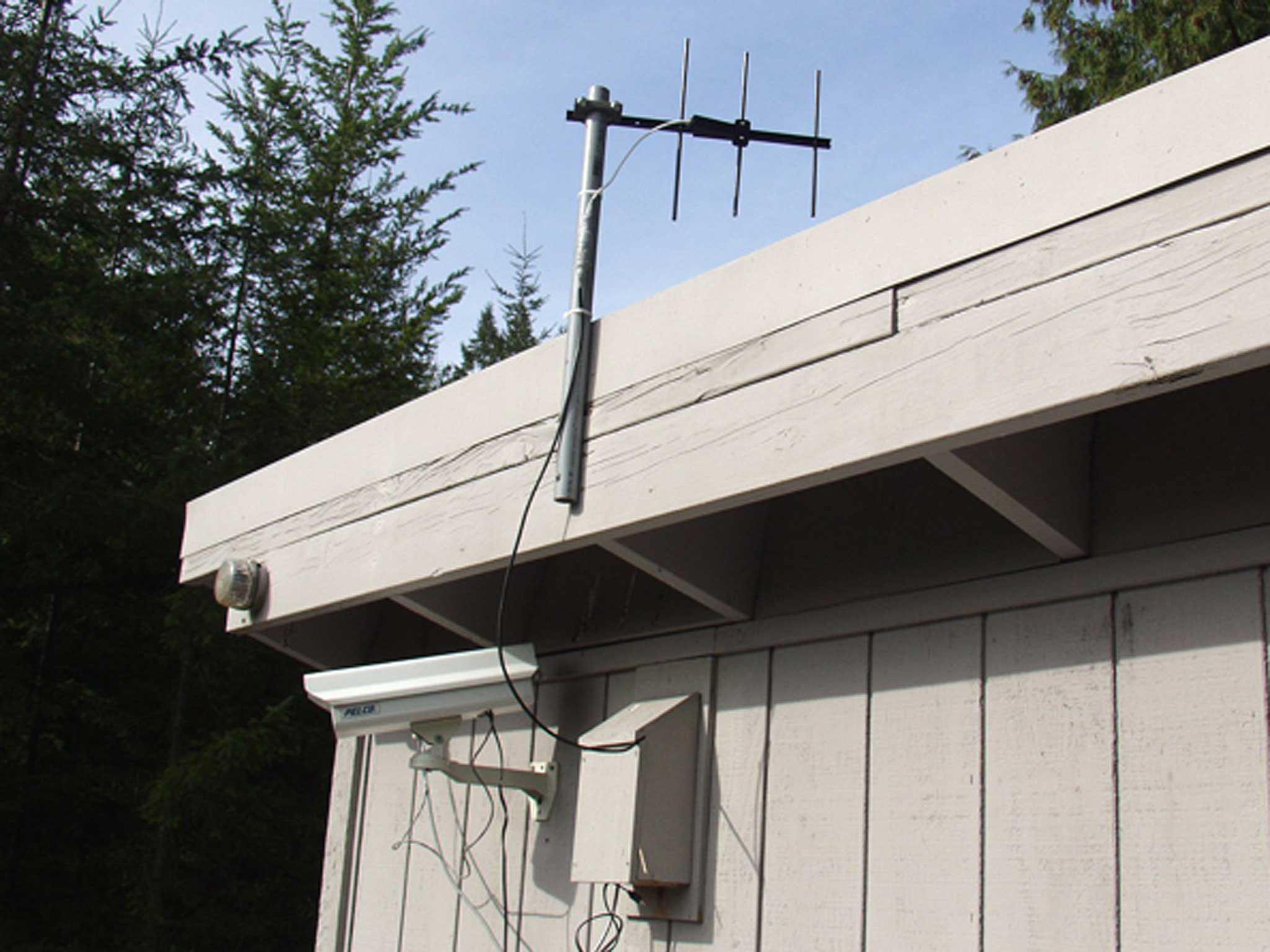802.11ad (WiGig) - range and utility

Against the background of the QCA ad (QuallcomAtheros - one of the leaders in Wi-Fi chipsets), Wilocity (one of the developers of WiGiG chipsets) has received a wave of enthusiasm for 802.11ad about purchasing Wilocity. In particular, the idea arose to build a video surveillance system on 802.11ad - because with 7Gbps bandwidth, you can shoot high-definition video from a large number of cameras! I decided to quickly estimate how realistic this is:
Look at RF:
- According to the Wiki , the minimum signal level for 802.11ad operation at minimum speed ( 385Mbps PHY per second! ) Is -68dBm .
- According to this article (a good article on 802.11ad, by the way ), the maximum transmitter power of 802.11ad is 10dBm . This, by the way, is 10 times less than in Wi-Fi.
- The loss of the FSPL signal propagation by as little as 10m for 60GHz ( in which 802.11ad operates ) is 88dB ( calculated on one of the many FSPL calculators ). Plus, there is still an additional loss due to the resonance with oxygen molecules , but let's omit it, this resonance is important at distances of 100m or more.
')
Having built a simple channel power budget formula, we get that to operate 802.11ad at minimum speed at a distance of 10m we need a gain in the channel of the order of 10dB .
Details and matan:
- Budget: TXpower + TX / Rxgains - FSPL> = Rxmin . ( excluding additional losses )
- For our case: 10dBm + Gains - 88dB> = -68dBm
- Get Gains> = 88-68-10 = 10dB
Where does this 10dB come from? Either from the antenna gain, or from beamforming, which marketing experts from 802.11ac and 802.11ad so enthusiastically paint. However, mobile device antennas are usually characterized by a negative gain, so there is nothing for us to catch. Beamforming ( as shown by 802.11ac results ) can produce 3-5dB from the top. Those. 5-7dB remains on the transmitting antenna of the access point.
Finding a 5dBi antenna is not a problem, even omnidirectional ( and, as you understand, the utility of directional antennas at a point is limited ). But only with such an antenna the angle of opening in the vertical plane will be about 15 degrees, which is quite a bit, and very inconvenient.
So, already at a distance of 10m, 802.11ad operation is problematic .
Can I use it to stream video? Yes!
- Stream video from a laptop to an external monitor or projector at a distance of 2-3m.
- Stream video from tablet to TV without cables or adapters
- Stream video files to external backup storage.
Stream video from a surveillance camera? Well, if from the camera to the point <10m and you can’t throw the wire for sure ... :) The second option is a directional antenna on a camera with a high gain ( compact directional antennas for 60GHz with KU 12-18dBi are declared ) - life (and oxygen) will show how much it is practical.

On the other hand, such a short range is a blessing for the home user: the neighbor behind the wall will finally stop “scoring my Wi-Fi with my Wi-Fi”. Similarly, corporate administrators of WLAN will have a chance to see how all BYODshnye stuff is removed from the already loaded 2.4GHz band (and at the same time, it does not litter 5GHz so quickly ), which is also not bad.
In general, as they say bourgeois: "Right tools for the right job" (the image is clickable ). As can be seen from the picture, 802.11ad has never been conceived for long-range applications, so in fact we have not made any discoveries. However, there will always be enthusiasts trying to use technologies for other purposes. I hope this post will help you in communicating with them.
What do you think about 802.11ad?

The original is here .
Source: https://habr.com/ru/post/228779/
All Articles